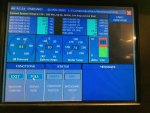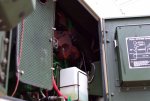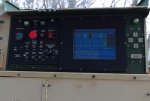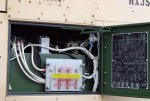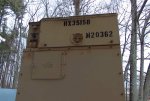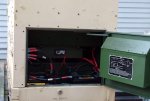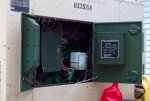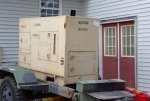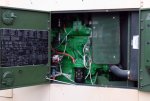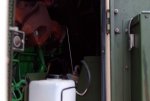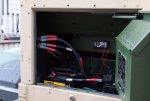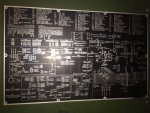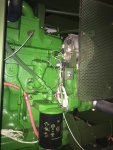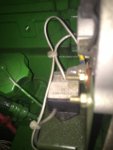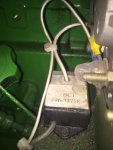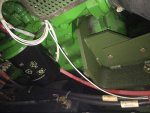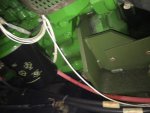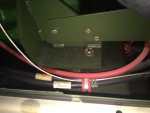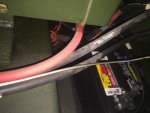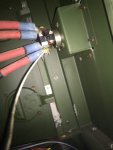datagen24
New member
- 18
- 0
- 0
- Location
- Merrimack NH
MEP-805b DC current draw
Just acquired an MEP-805b very clean from government liquidations
Got it all lubed up and going last night but noticed a very heavy draw on the battery (-10 amps with engine running, -13 with stopped)
Google led me to a tech note that said the charging fuse may have been blown.
Best I can tell that tech note had been applied as the breaker and the wiring changes appear to have been made.
So that leads me to my question. Does the Dc current gauge normally read reversed i.e. A negative draw in normal operations?
More info
Another hint I have is the voltage appears to be a charge when checked at the battery terminals.
There is so much elephant snot I can't get probes in right at the alternator.
I have tested now again this morning at the batteries ,the nato connector and just after the battery current transformer i am reading a charging voltage of 27.5 v
batteries read 25.1 this morning after sitting all night in sub freezing temperatures.
testing this morning the draw is also lower -4 amps
Just acquired an MEP-805b very clean from government liquidations
Got it all lubed up and going last night but noticed a very heavy draw on the battery (-10 amps with engine running, -13 with stopped)
Google led me to a tech note that said the charging fuse may have been blown.
Best I can tell that tech note had been applied as the breaker and the wiring changes appear to have been made.
So that leads me to my question. Does the Dc current gauge normally read reversed i.e. A negative draw in normal operations?
More info
Another hint I have is the voltage appears to be a charge when checked at the battery terminals.
There is so much elephant snot I can't get probes in right at the alternator.
I have tested now again this morning at the batteries ,the nato connector and just after the battery current transformer i am reading a charging voltage of 27.5 v
batteries read 25.1 this morning after sitting all night in sub freezing temperatures.
testing this morning the draw is also lower -4 amps
Attachments
-
62.5 KB Views: 48
Last edited:



